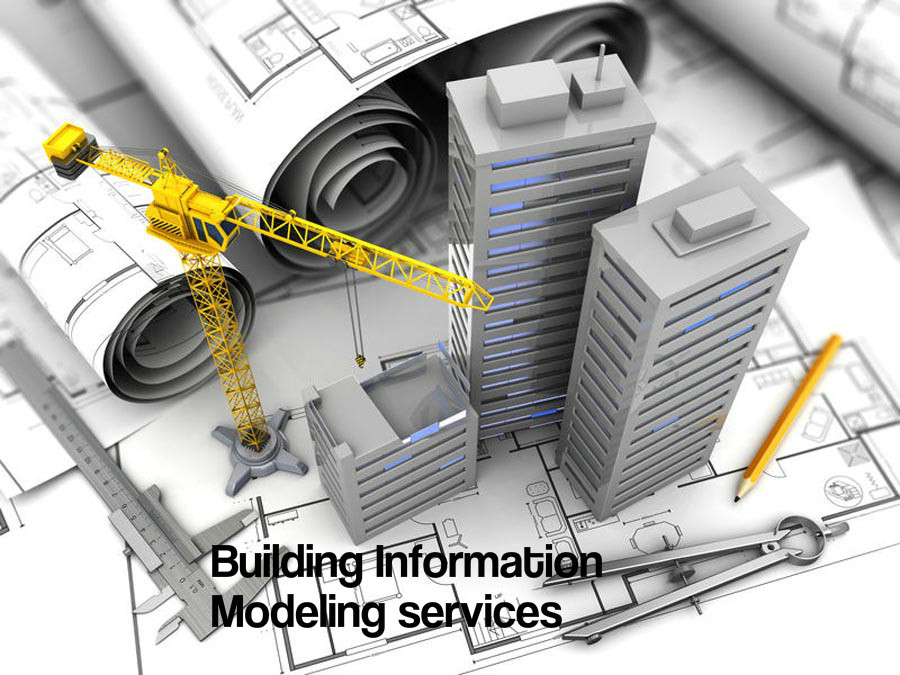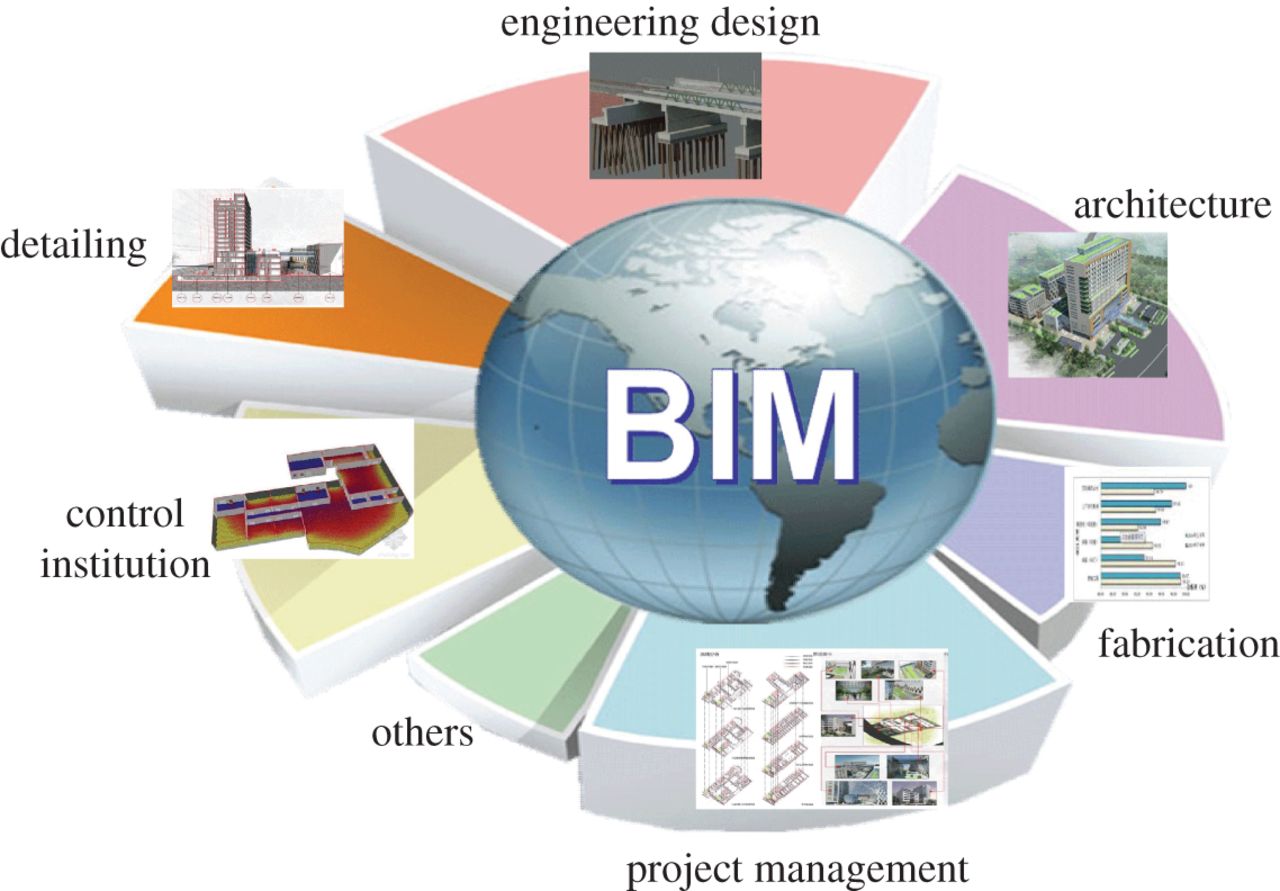
Building Information Modelling (BIM) has become an integral part of the construction industry, changing the way projects are designed, managed, and delivered. The technology has revolutionized the way the construction industry operates and has made it easier for architects, consultants, and contractors to collaborate and make informed decisions. BIM has allowed companies to bring all the stakeholders in a project together and provide a unified platform for communication and collaboration.
One of the most crucial aspects of BIM is the collaboration between different teams. BIM 360, an all-in-one platform for construction project management, has made significant improvements in the way teams collaborate and work together. In this blog, we will discuss the important updates to BIM 360 that can help improve team collaboration and make construction projects more efficient and effective.
Improved User Interface
One of the most significant updates to BIM 360 is the improved user interface, which makes it easier for teams to access and use the platform. The new interface has a cleaner look and feel and is designed to be more intuitive, making it easier for users to navigate and find the information they need. The improved interface also provides a better overview of the project, making it easier to see the progress and status of the different tasks and activities.
Improved Communication and Collaboration Tools
BIM 360 has also made significant improvements to its communication and collaboration tools, making it easier for teams to work together and share information. The platform now includes tools such as chat, video conferencing, and file sharing, which make it easier for teams to communicate and collaborate in real-time. The platform also includes a project dashboard, which provides an overview of the project and the progress of the different tasks and activities.
Improved Project Management
BIM 360 has also made significant improvements to its project management capabilities, making it easier for teams to manage and track the progress of their projects. The platform now includes project management tools such as task management, budget tracking, and resource allocation, which help teams to better manage their projects and ensure that they are on track. The platform also includes a reporting tool, which provides detailed reports on the progress of the project, making it easier for teams to identify any issues and take action to resolve them.
Improved Data Management
Data management is critical to the success of construction projects, and BIM 360 has made significant improvements to its data management capabilities. The platform now includes a centralized data repository, which makes it easier for teams to access and share information. The platform also includes tools for data validation and reconciliation, which help to ensure that the data is accurate and up-to-date.
Improved Integration with Other Tools
BIM 360 has also made improvements to its integration with other tools, making it easier for teams to use the platform in conjunction with other tools they are already using. The platform now integrates with tools such as AutoCAD and Revit, making it easier for teams to work with the design and construction data they need. The platform also integrates with project management tools such as Microsoft Project, making it easier for teams to manage their projects and track the progress of their tasks and activities.
Improved Security and Access Control
Finally, BIM 360 has made significant improvements to its security and access control capabilities, making it easier for teams to control who has access to the information they need. The platform now includes role-based access control, which allows teams to control who has access to the information they need and ensure that sensitive information is only accessible to those who need it. The platform also includes advanced security features, such as encrypted data storage and secure data transfer, which help to ensure that the data is protected and secure.



